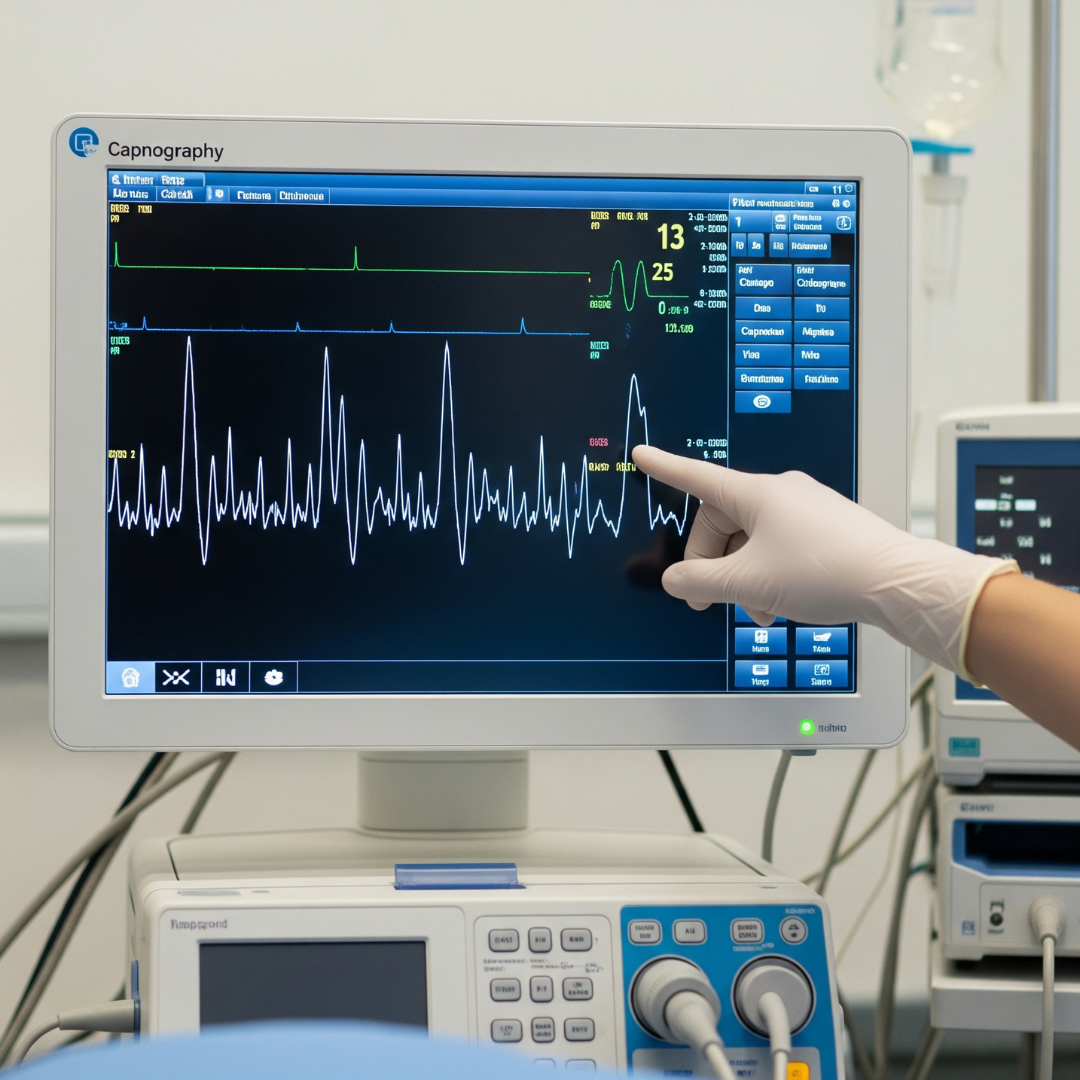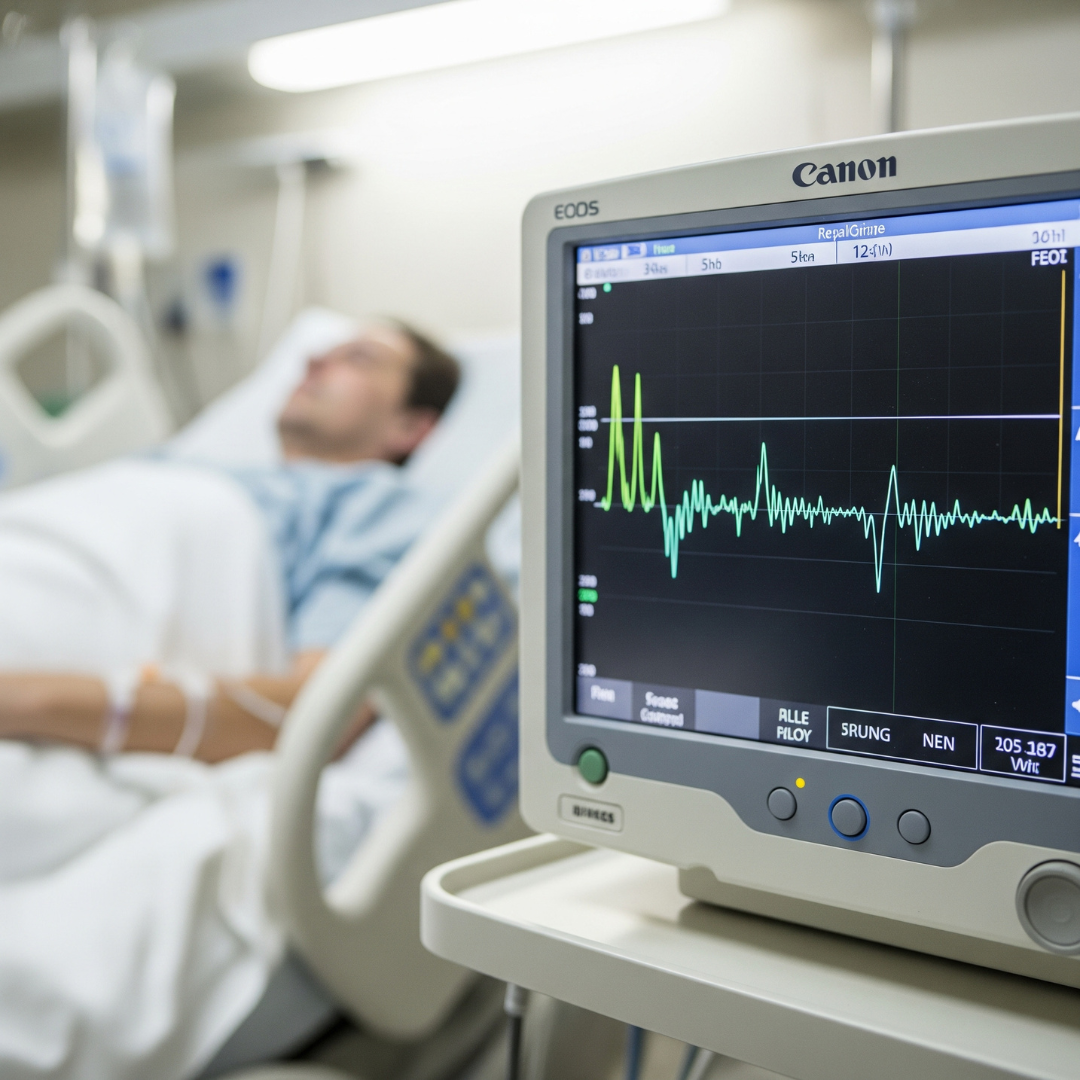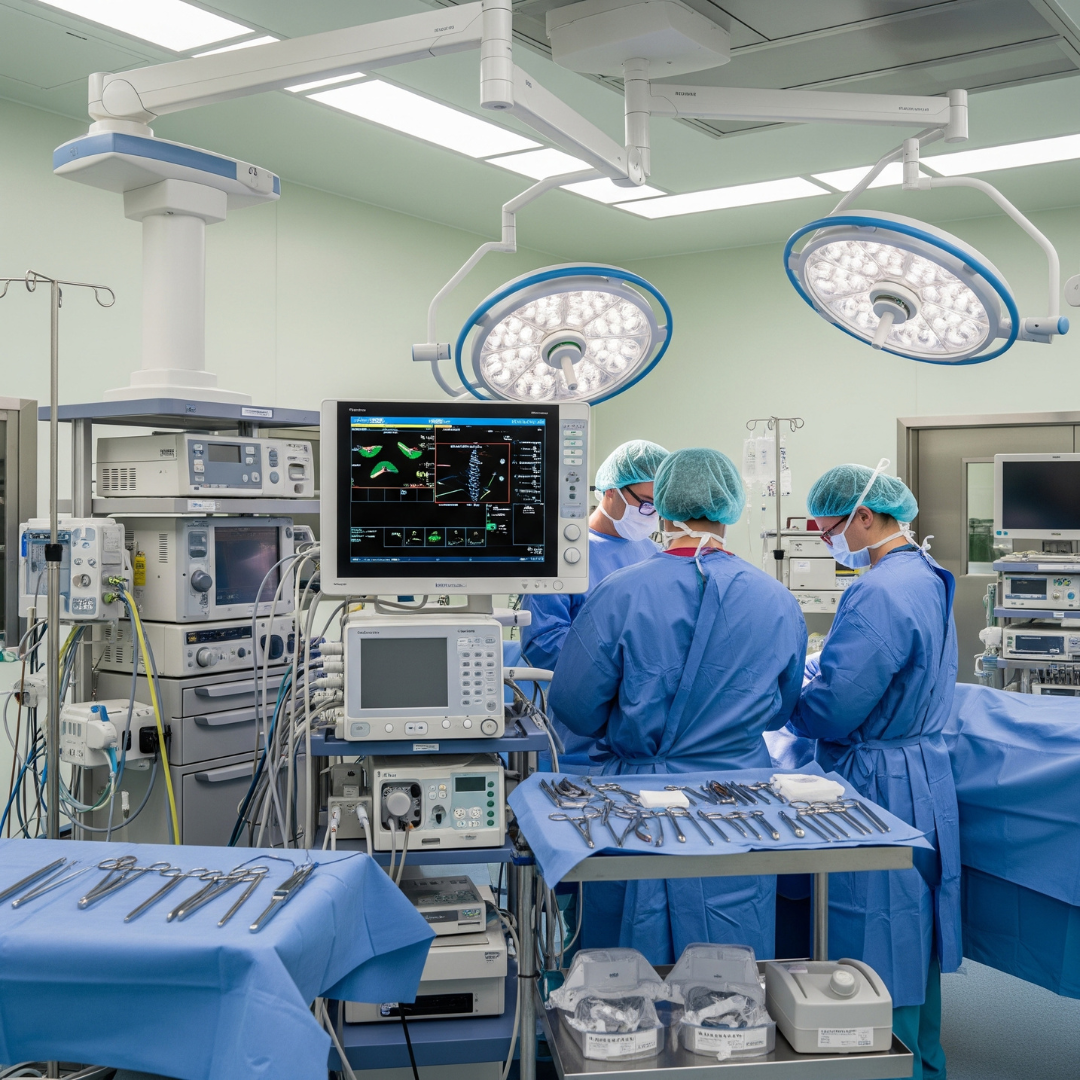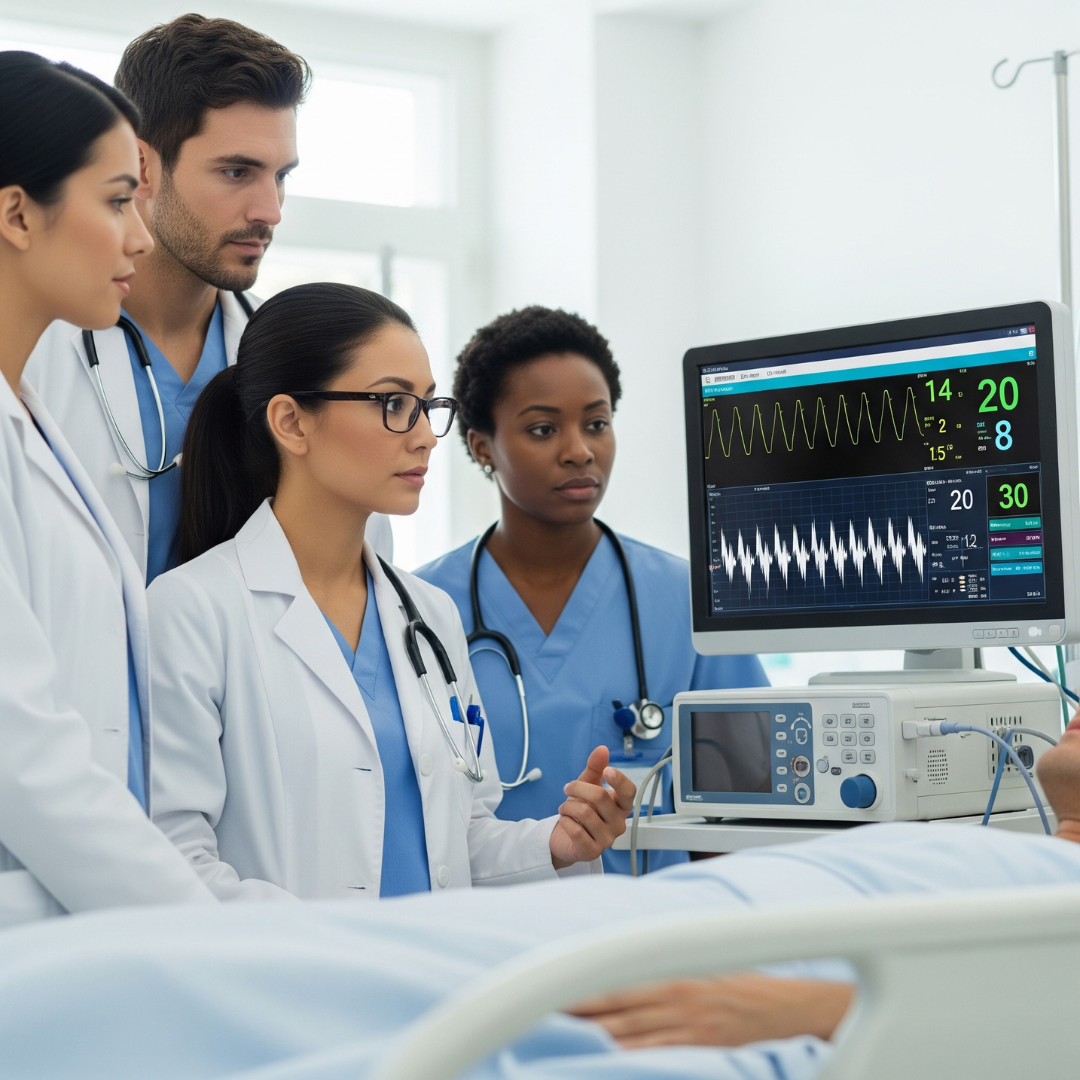 Loading... Please wait...
Loading... Please wait...Capnography and Its Relevance in Procedural Sedation and Pain Management
Posted on 17th Jun 2025
At Pacific West Medical, we have seen technology evolve, but our focus on advancing patient safety has remained constant. One of the most significant advancements in patient monitoring is the mainstream adoption of capnography, especially during procedural sedation and pain management. This technology, which is a medical CO2 monitor, offers real-time continuous monitoring and breath-to-breath assessment of a patient's ventilation. It provides a crucial layer of safety, offering immediate insights that empower clinicians to act decisively when it matters most.

Enhancing Safety with Real-Time Data
The primary value of capnography is its ability to provide an instantaneous picture of a patient's ventilatory status. Unlike pulse oximetry, which measures oxygenation (a later indicator of a problem), capnography directly reflects how effectively a patient is breathing. In our experience, having access to continuous monitoring and real-time data allows clinicians to immediately identify trends and changes, enabling proactive intervention long before a more serious event, like hypoxia, can occur.

The Earliest Warning for Respiratory Depression
Procedural sedation, while generally safe, carries an inherent risk of respiratory depression. Capnography is the most sensitive tool for its early detection. A change in the shape of the waveform or a gradual increase in the end-tidal CO2 (EtCO2) level can be the first sign that a patient's breathing is becoming compromised. Recognizing these subtle signs allows for swift adjustments to sedation levels or airway support, forming a critical line of defense for the patient.

Aligning with Professional Standards
The clinical community has increasingly recognized the importance of this medical CO2 monitor. Leading organizations, including the American Society of Anesthesiologists (ASA) and The Joint Commission, have integrated capnography monitoring into their standards and recommendations for sedation. Adhering to these guidelines is not just about compliance; it's about committing to the highest standard of care. We believe that equipping healthcare facilities to meet these standards is fundamental to providing exceptional patient care.

Improving Clinical Confidence and Workflow
For the clinical team, capnography provides more than just data; it provides confidence. The clear, objective feedback on ventilation helps practitioners make informed decisions quickly, especially during critical moments. This technology seamlessly integrates into the clinical workflow, providing an uninterrupted stream of information and continuous monitoring that enhances the team's ability to maintain control and focus on the patient. This confidence translates directly into a safer and more controlled procedural environment for everyone involved.
Our deep understanding of the clinical applications and critical importance of capnography informs our commitment to the medical community. We believe that providing access to reliable, high-quality medical CO2 monitoring equipment is foundational to achieving the best possible patient outcomes. To learn more about how advanced monitoring solutions can benefit your practice, explore our resources or contact us.
Shop Medical Equiptment Today!
Recent Posts
- » Capnography and Its Relevance in Procedural Sedation and Pain Management
- » Best Practices for Implementing CO2 Monitoring in Your Medical Facility
- » Best CO2 Monitoring Equipment for EMS
- » Elevating Healthcare: The Future of Medical Device Sales
- » How Capnography Can Help in the Early Detection and Management of Sepsis
